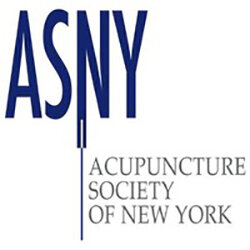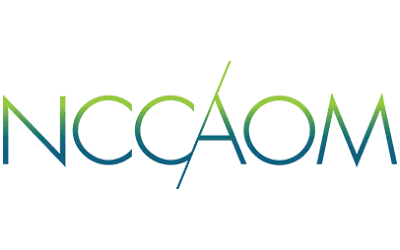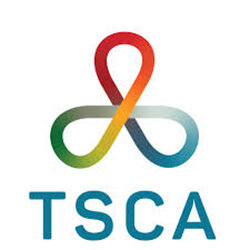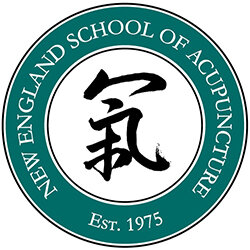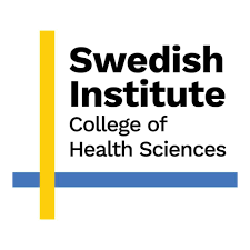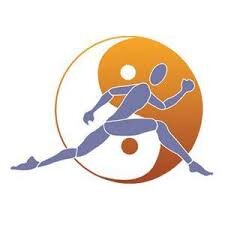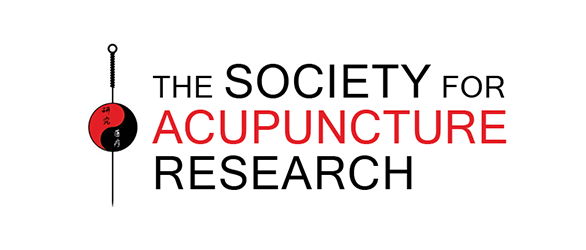Home Remedies for Colds , Cough & Sore Throats
/Everyday is an opportunity to support your health.
Knowing which herbs, spices and plants that are antiviral and medicinal can help keep you and your family healthier and protect yourself from flus and viruses such as Covid-19. Including them in recipes is a way to maintain good health and also create your own natural medicine cabinet.
Immune and prevention
Raw Honey: Its antioxidant, antibacterial, and anti-fungal it helps soothe sore throats and can be used for wound disinfectant and healing. Manuka honey comes from the Manuka tree that is in the Tea Tree family.
Add to tea, hot water and lemon.
Cough and bronchitis:
Poached pear recipe: This adaptation of a classic Chinese remedy for dry cough, bronchitis and sore throat also boosts the immune system. The original is poached pears with rock candy, but instead substitute with honey.
Poached pears are great to have in the morning as well.
Ingredients: 2 pears (asian pears preferable) ginger, lemon, and honey.
Cut the core from the pear, place in water with sliced ginger, bring to a boil, then let simmer for 15-20mins, then add lemon and last honey.
The pears will be infused with the ginger and lemon and can be stored in the refrigerator, the juice you can drink.
Pears contain high levels of antioxidants (cancer fighting), including vitamin C, vitamin K, and dietary fiber. The natural properties from the pear (pectin) soothes the throat and moistens dryness of the cough and reduces the phlegm. Poached pear helps to keep your respiratory tract hydrated, soothe throat irritations, alleviate dry coughs
Great for kids and you can add cinnamon to make it a dessert
Upset stomach and lung
Ginger: The healing properties of ginger are many and can be added to soups and tea. For upset stomach rice that is cooked with ginger and broth until a gruel consistency is easy on the digestion especially post during illness where the body needs simple foods. Ginger has many antimicrobial and anti viral properties and aids with digestion and upset stomach.Research shows fresh ginger is effective against respiratory viruses. Ginger is a root that is added to almost all Chinese herbal formulas because it helps with absorption of nutrients.
Cough, asthma and bronchitis:
Thyme: Thyme for bronchitis. Studies showed Thyme along with primrose helped with cough and bronchitis and was far superior for treating bronchitis compared to a placebo.You can make thyme flavored water, by taking fresh sprigs and bruising to release the oils in the herb and infusing water. You can keep cooled in the refrigerator.
If you don’t have fresh thyme, you can make tea with dried thyme, add 2 tsps to a cup of hot water and let it steep.
Tulsi tea: ( holy basil) Research shows it is a “super herb” that has antibacterial, antiviral, anti-fungal, antioxidant and anti-inflammatory, the list is long for it’s healing properties. It is ideal for immune support and easy to keep with you in tea form or as an essential oil.
Tulsi is excellent for asthma and coughs, it can be inhaled by using essential oil in a diffuser or a couple drops in the palms and taking a couple of deep breaths, the healing. You can purchase tulsi tea in the supermarket or online.















